The Old Hall, Near Norwich, Norfolk.
A Brief Introduction A remarkably well-preserved Tudor Manor House, the Old Hall lies in the heart of Norfolk, a county…
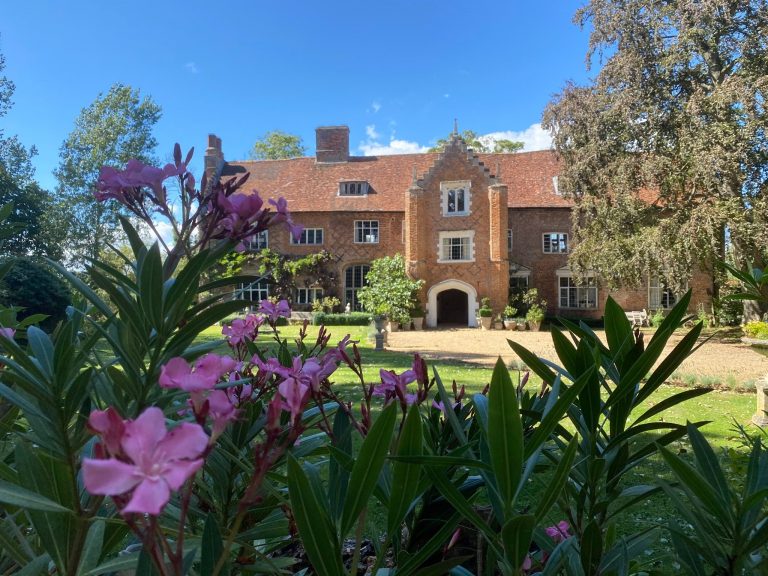
A Brief Introduction A remarkably well-preserved Tudor Manor House, the Old Hall lies in the heart of Norfolk, a county…
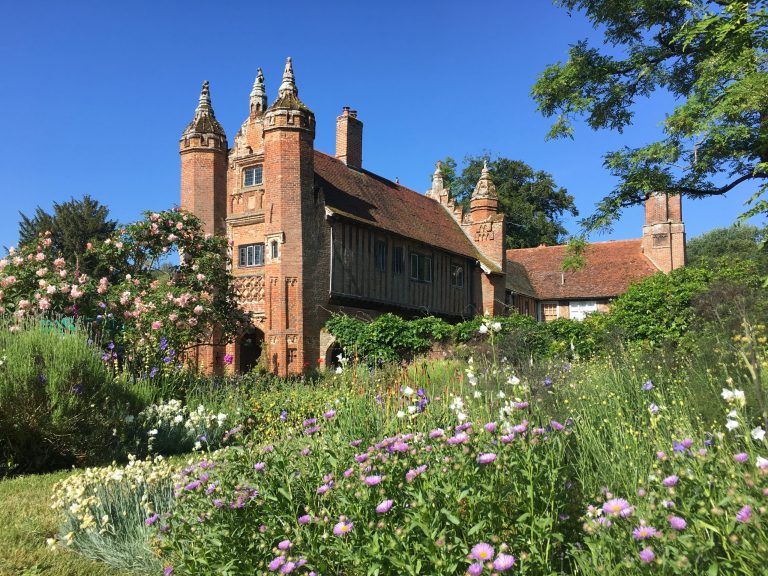
A Brief Introduction to West Stow Hall West Stow Hall is believed to have been built by Sir John Croftes,…
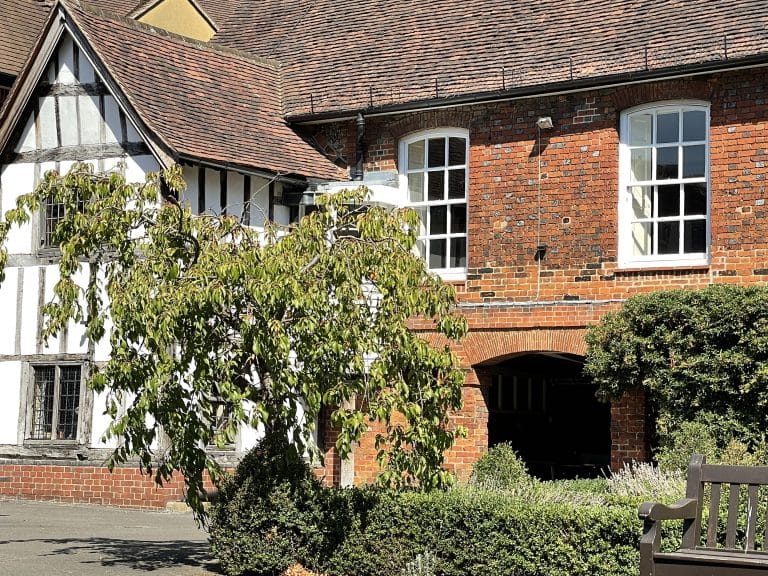
Welcome to the show notes page! it has been curated to accompany the latest episode of The Tudor History &…

In the spirit of celebrating the 12 days of Christmas, we wanted to deliver 12 ‘gifts’ to your inbox. For…
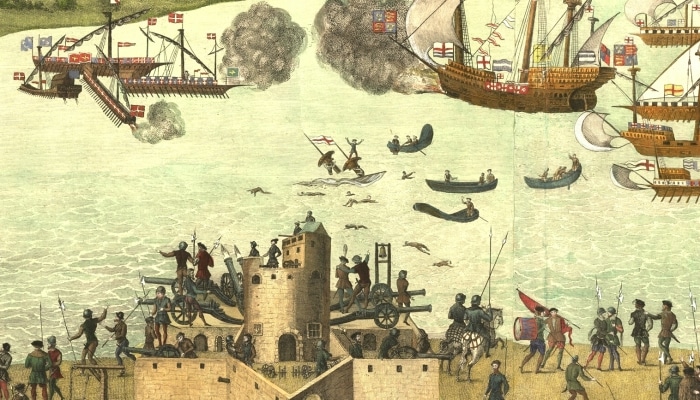
The header image is a watercolour painting which shows detail of one of the Cowdray murals, recording the sinking of…
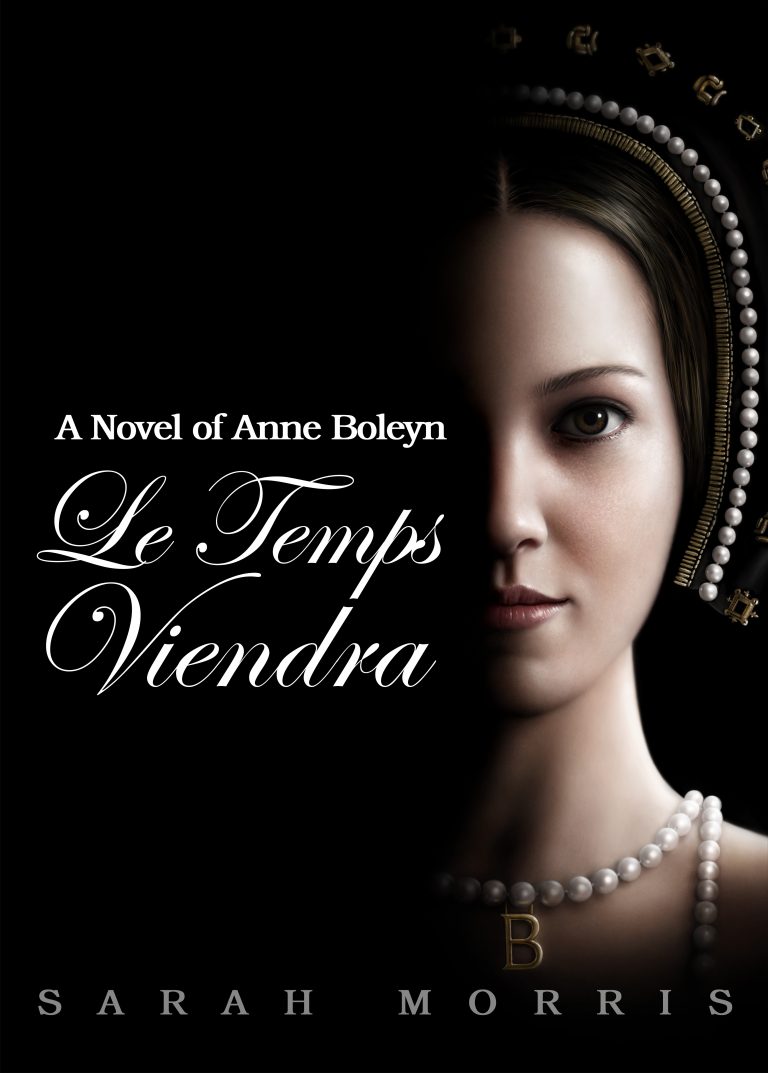
August 2012 was a momentous month for me. I published my first Tudor book: Le Temps Viendra: A Novel of…
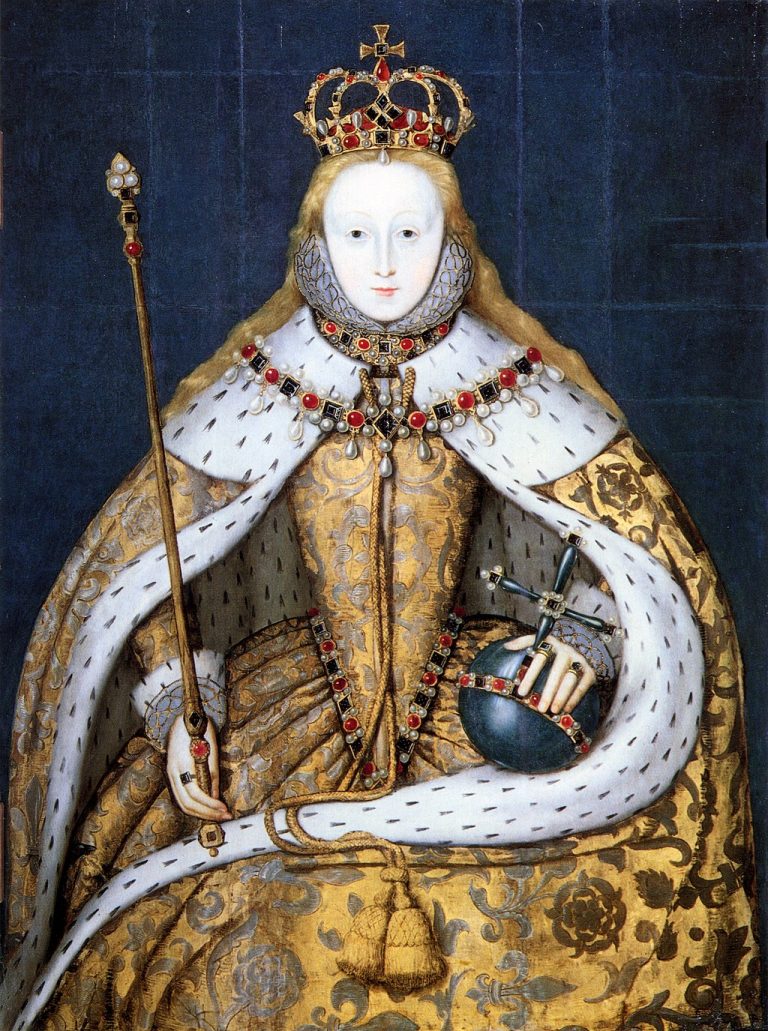
The last of the five monarchs of the House of Tudor, Elizabeth I succeeded to the throne in 1558. Despite…
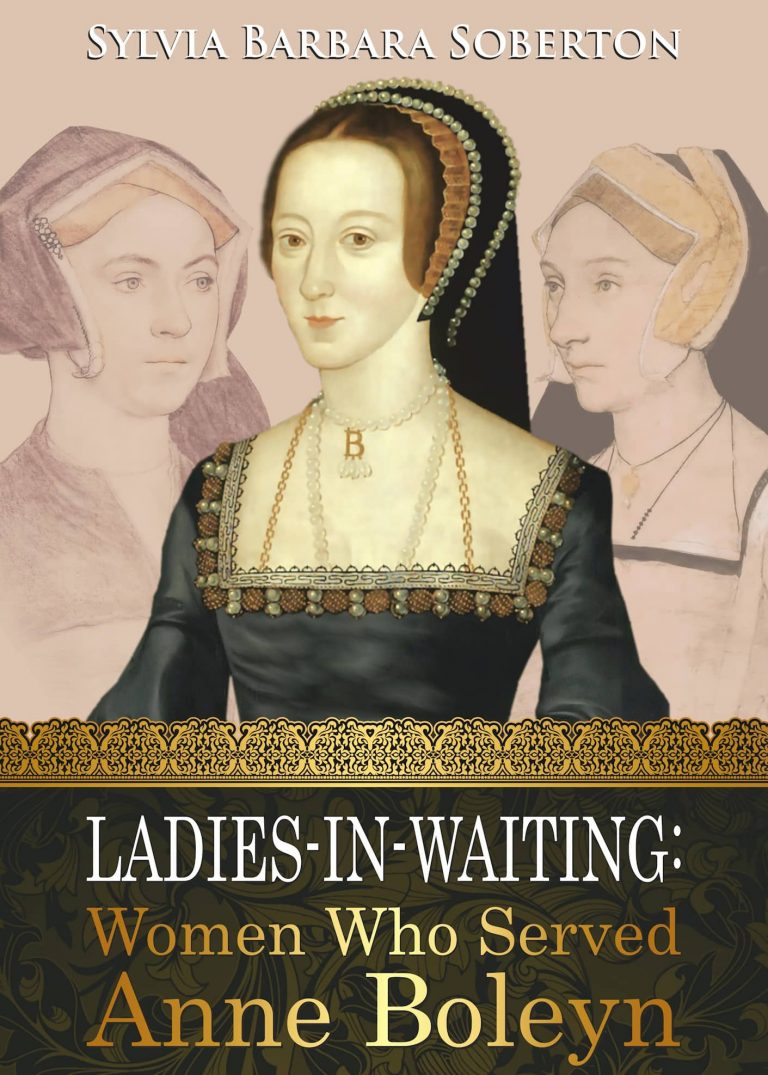
One of the most controversial and iconic queens in history, Anne Boleyn’s story has long been debated by historians. Those…
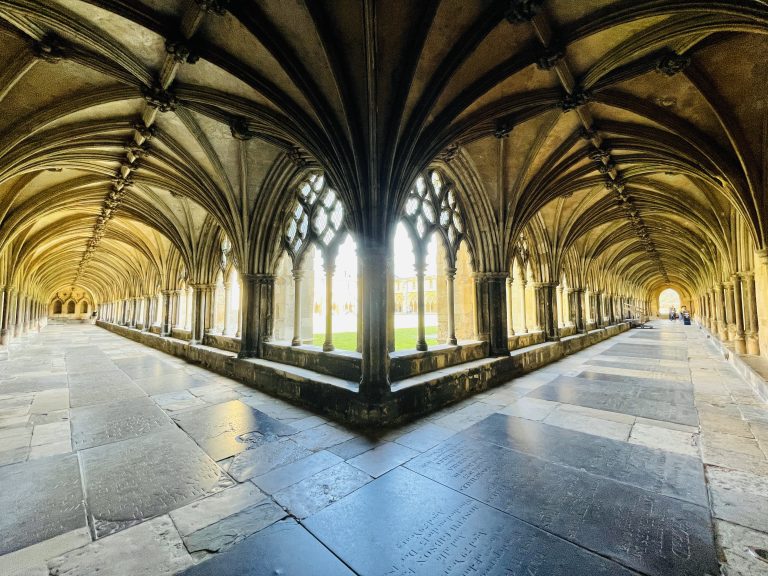
As we approach the anniversary of Elizabeth I’s summer progress of 1578, I’ve been looking back at this historic tour….
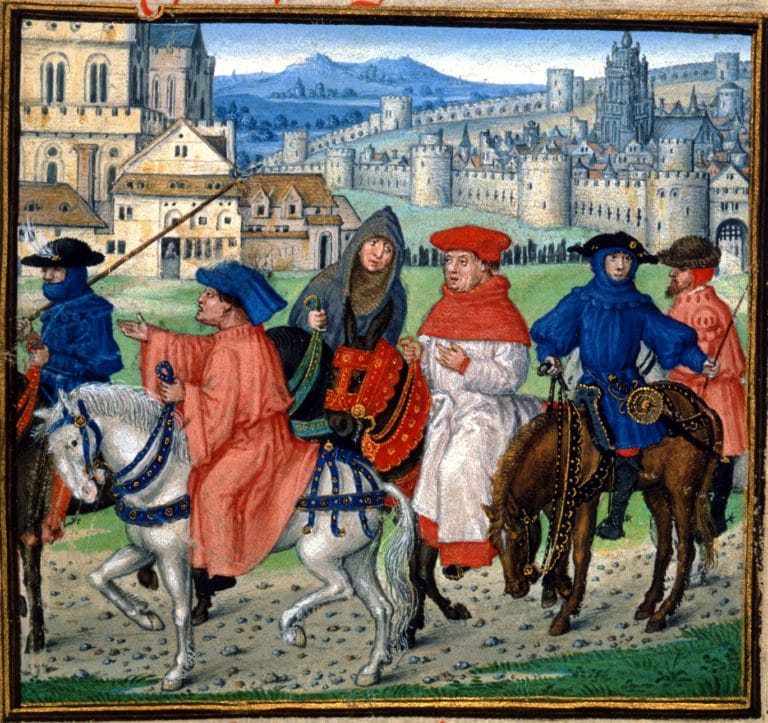
In late May 1520, the English royal household began to make its way from Greenwich toward the Pale of Calais…